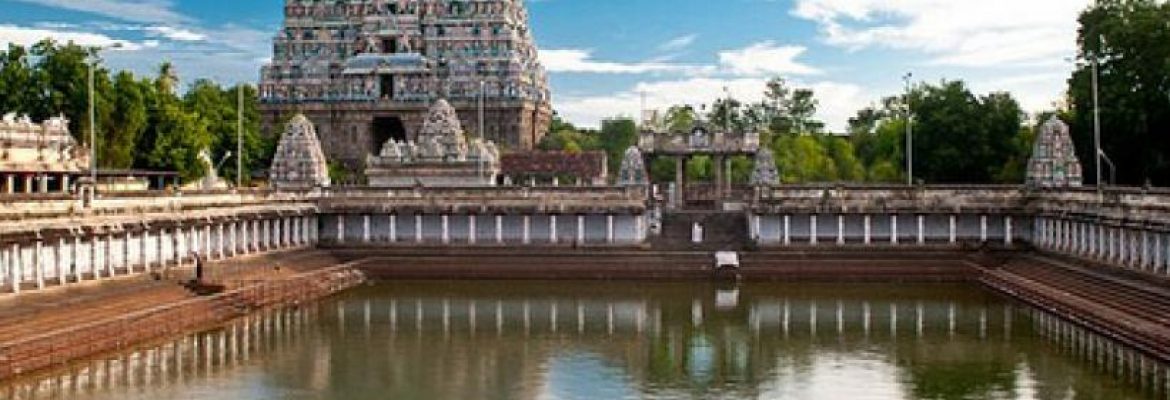Thillai Nataraja Temple, Tamil Nadu, India
According to legend, Shiva and Kali got into a dance-off judged by Vishnu. Shiva dropped an earring and picked it up with his foot, a move that Kali could not duplicate, so Shiva won the title Nataraja (Lord of the Dance). It is in this form that he is worshipped at this great temple, which draws an endless stream of worshippers. It was built during Chola times (Chidambaram was a Chola capital), but the main shrines date back to at least the 6th century.
The high-walled 22-hectare complex has four towering gopurams decked out in schizophrenic Dravidian stone and stucco work. The main entrance is through the east (oldest) gopuram, off East Car St. The 108 sacred positions of classical Tamil dance are carved in its passageway. To your right through the gopuram are the 1000-pillared Raja Sabha, and the large Sivaganga tank.
You enter the central compound (no cameras) from the east. In its southern part (left from the entrance) is the 13th-century Nritta Sabha, shaped like a chariot with 56 finely carved pillars. Some say this is the very spot where Shiva outdanced Kali.
North of the Nritta Sabha, through a door, you enter the inner courtyard. Right in front is the Kanaka Sabha pavilion, where many temple rituals are performed. At puja times devotees crowd into and around the pavilion to witness the rites performed by the temple’s hereditary Brahmin priests, the Dikshithars, who shave off some of their hair but grow the rest of it long (thus representing both Shiva and Parvati) and tie it into topknots.
Behind (north of) the Kanaka Sabha is the innermost sanctum, the golden-roofed Chit Sabha, which holds the temple’s central bronze image of Nataraja – Shiva the cosmic dancer, ending one cycle of creation, beginning another and uniting all opposites.
Priests may offer to guide you around the temple complex. Since they work as a kind of cooperative to fund the temple, you may wish to support this magnificent building by hiring one (for anything between ₹30 and ₹300, depending on language skills and knowledge). Unusually for Tamil Nadu, the temple is privately funded and managed.
Visit India Epic India Route © Monika Newbound


